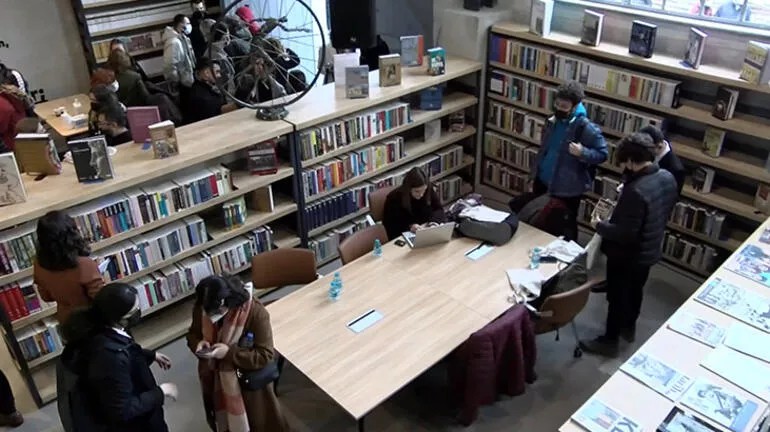The Aesthetics of Silence: The Importance of Interior Design in Libraries
With the emergence of new technologies, libraries are no longer just points of access to information, but also special spaces where individuals can be alone with themselves and focus on themselves. Library interior design should not only focus on functionality, but also serve concentration and aesthetic integrity. Although silence is the most fundamental characteristic of these spaces, it is also an integral part of the design of the space.
Acoustics and Silence
Silence alone is not a solution for libraries. Acoustics is the first element to consider in the interior design of a library. Sound insulation is important not only to block external noise but also to reduce echoes within the space and support the sense of silence. Ceiling panels, special acoustic wall coverings, and soft-surfaced floor coverings serve this purpose.
Comfort in Furniture Selection
Considering that people will spend hours in the library, the most suitable furniture for libraries is defined as ergonomic, simple, and quietly movable furniture. The Istanbul Metropolitan Municipality Library, created with Bürotime products, demonstrates that the comfort of the chairs, the width of the tables, and the protection of personal space directly affect user satisfaction. Additionally, the ability to arrange modular furniture within the space according to group or individual work needs provides a significant advantage.
The Relationship Between Proper Lighting and Focus
Lighting in a library should both increase reading comfort and directly contribute to a peaceful atmosphere in the space. Lighting that is easy on the eyes and supported by natural light should be preferred. Using local lighting at each desk or individual work area increases personal comfort.
Simplicity in the Color Palette
The color palette in library interior design should also be chosen with care. Pastel, natural, and soothing tones help users focus. Wooden surfaces, light gray and beige tones, and touches of green create a natural atmosphere and reduce eye strain.
Functionality in the Space
Dividing the space into functional areas both provides order and responds to different user needs. Physical and visual transitions between quiet reading areas, group work areas, computer sections, and relaxation corners preserve both order and quiet.
Technological Infrastructure: Digitalization
Libraries are no longer limited to physical books. The Istanbul Metropolitan Municipality Library Trolleybus, made with Büroseren products, has become part of the design by offering technological infrastructure such as charging stations, high-speed internet connection, and interactive screens for access to digital resources.
.jpg)
A well-designed library transforms into a space that supports access to information, thinking, and creativity. Treating silence not merely as a necessity but as an atmosphere is possible by combining aesthetics, comfort, and functionality in interior design. Therefore, library design is not just about furniture and walls; it is also about the entirety of silence, thought, and architectural experience.
